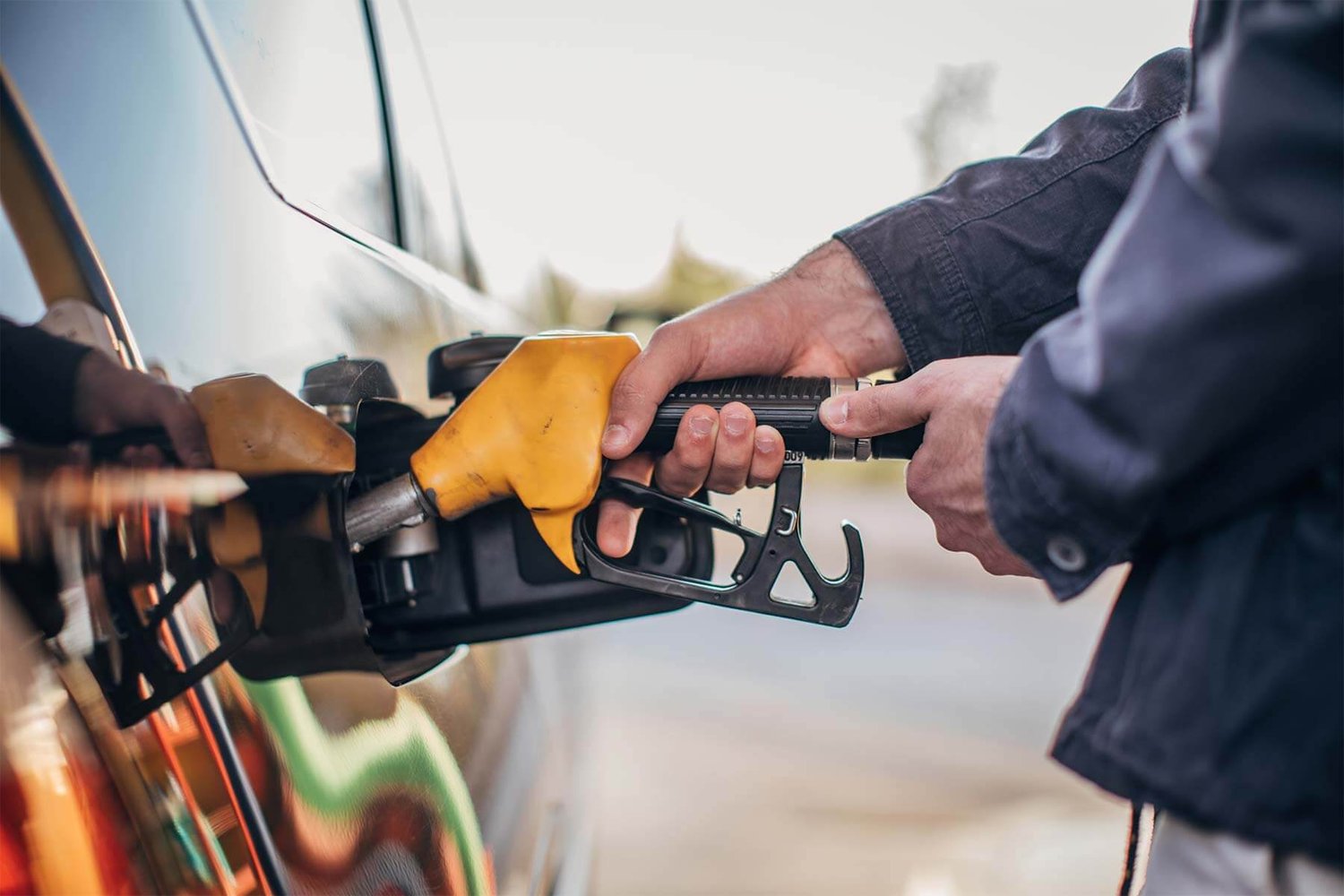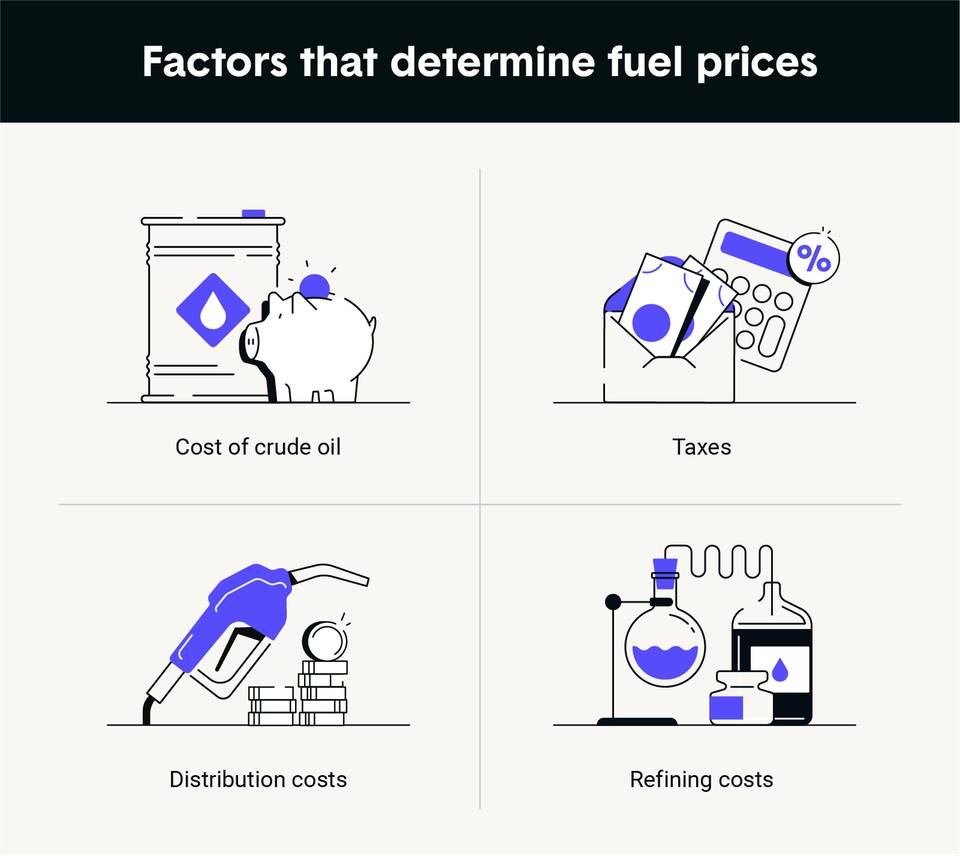Cost of crude oil
Accounting for 54% of the price, the cost of crude oil is the largest component to go into the price of gasoline. The U.S. relies heavily on outside imports for oil, with the majority of imports coming from Saudi Arabia, Canada and Mexico.1
Another entity that directly affects oil costs is the Organization of Petroleum Exporting Countries (OPEC). Comprised of the 13 countries responsible for 60% of internationally traded oil, OPEC yields significant control over the global price of oil. Therefore, any geopolitical instability that affects OPEC will also affect the price of oil.2
Taxes
The second-largest component of the price of fuel is taxes. According to the Department of Energy, federal, state and local taxes account for around 17% of the cost of fuel. In certain states, car ownership can be far more expensive due to state taxes on fuel.
In 2022, the federal tax we paid on gasoline was 18.4 cents per gallon, with the average of total state taxes at 31.67 cents per gallon. Beyond these taxes, you’ll likely also be paying sales tax and taxes applied by local and municipal governments.
Distribution costs
Distribution and marketing account for a little over 14% of the total cost of gasoline but can largely depend on location.
Many gas stations are owned by refiners, like Chevron and Exxon; however, you can also purchase gas from individual business owners who buy gas from refiners but sell it separately — often for a loss. In the case of individual businesses, factors like wages, benefits and salaries can influence distribution costs.3
Refining costs
While the gas itself can be costly, so is the cost to distill crude oil into gasoline and mix in the necessary additives.
According to the Department of Energy, refining costs account for around 14% of the price of gas — the lowest percentage of the four factors. Refining costs tend to vary both seasonally and regionally, as some cities have stricter regulations regarding pollution control.




